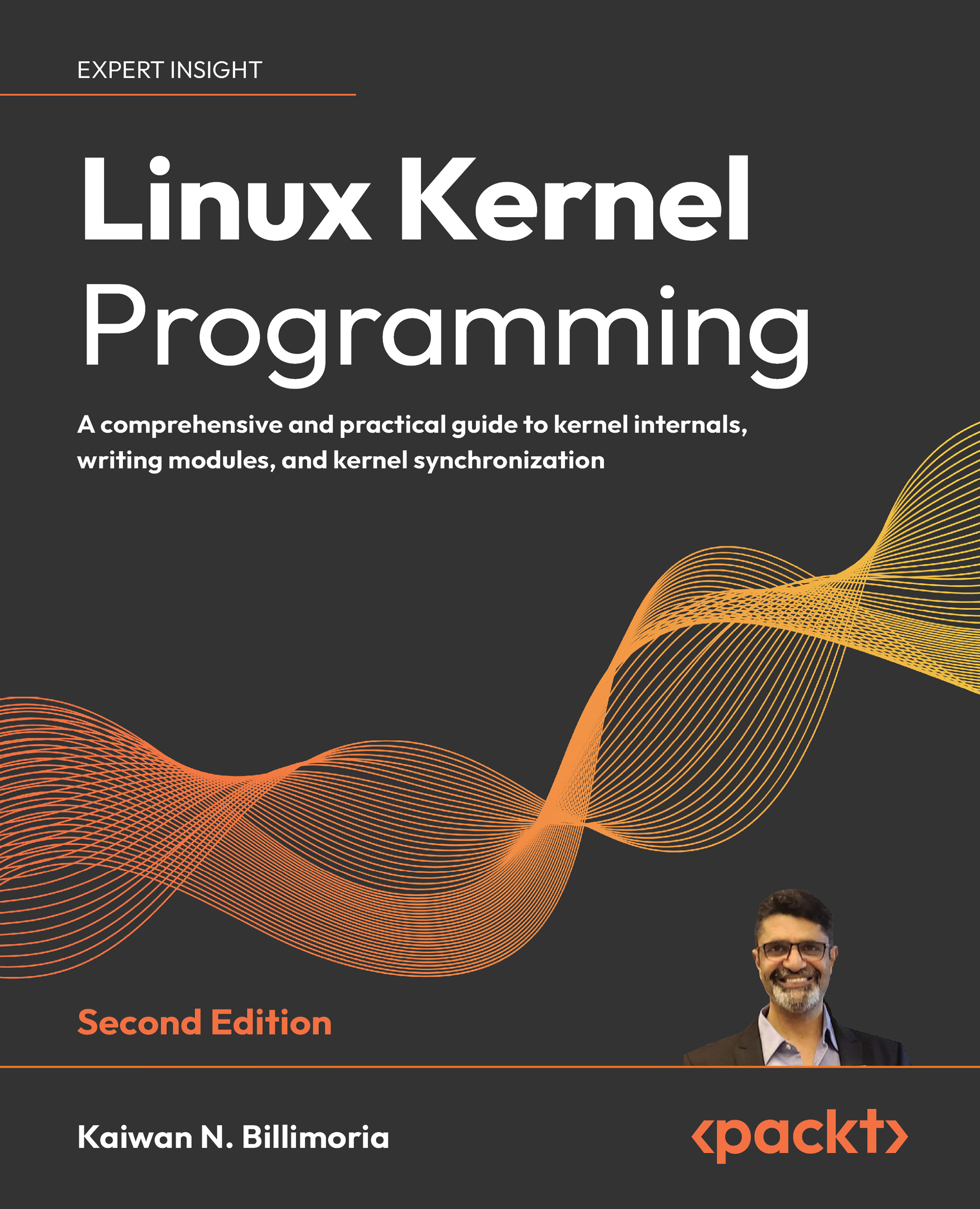The CPU Scheduler – Part 1
The previous two chapters delved pretty deep into aspects of Linux memory management, with a focus on how exactly you, as a kernel/driver developer, can efficiently dynamically allocate and deallocate kernel memory (besides the APIs, we covered interesting stuff like MGLRU, DAMON, and the OOM killer!).
In this chapter and the next, you will dive into the details regarding a key OS topic – that is, CPU (or task) scheduling on the Linux OS. I will try and keep the learning both conceptual and hands-on, by asking (and answering) typical questions and performing common tasks related to scheduling. Understanding how CPU scheduling works at the level of the OS is not only important from a kernel (and driver) developer viewpoint, it will also automatically make you a better system architect, even for user space applications.
We shall begin by covering essential background material; this will include the notion of the Kernel Schedulable Entity...
































































